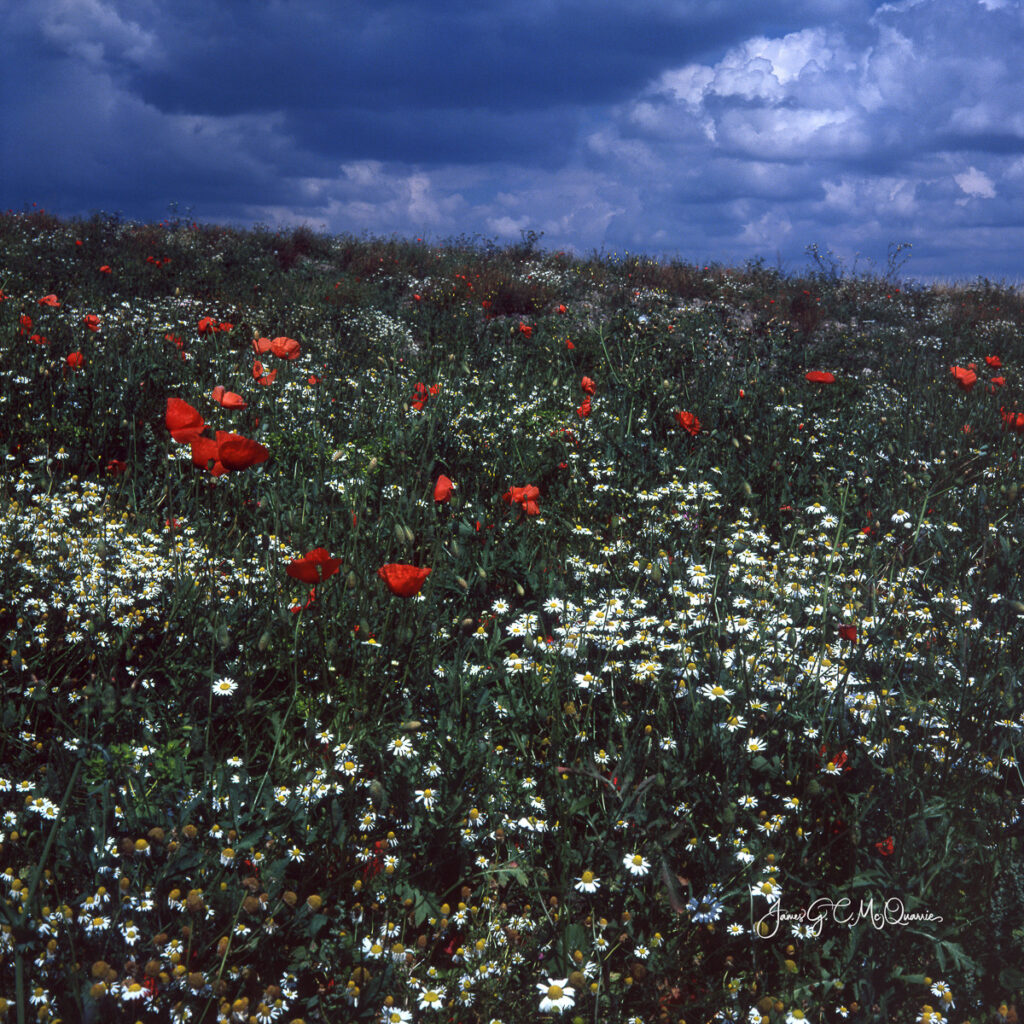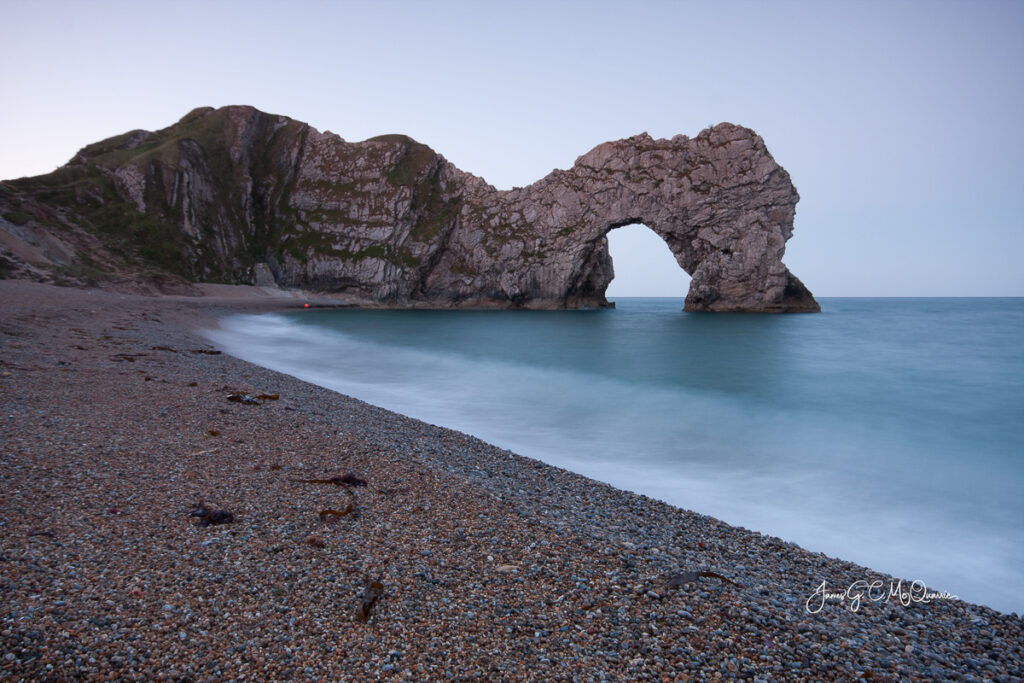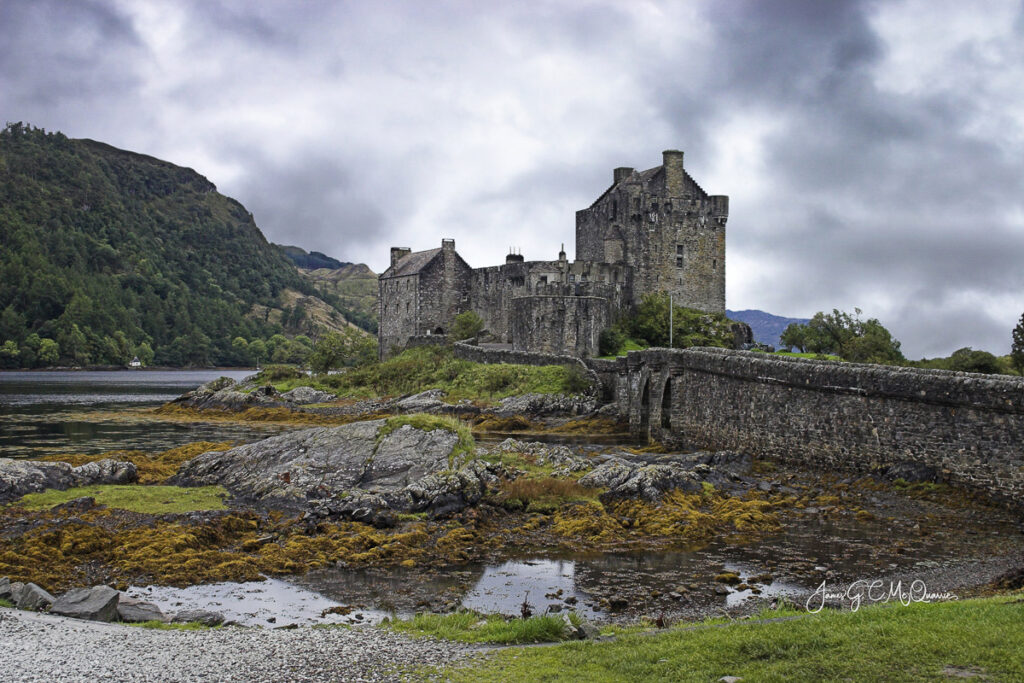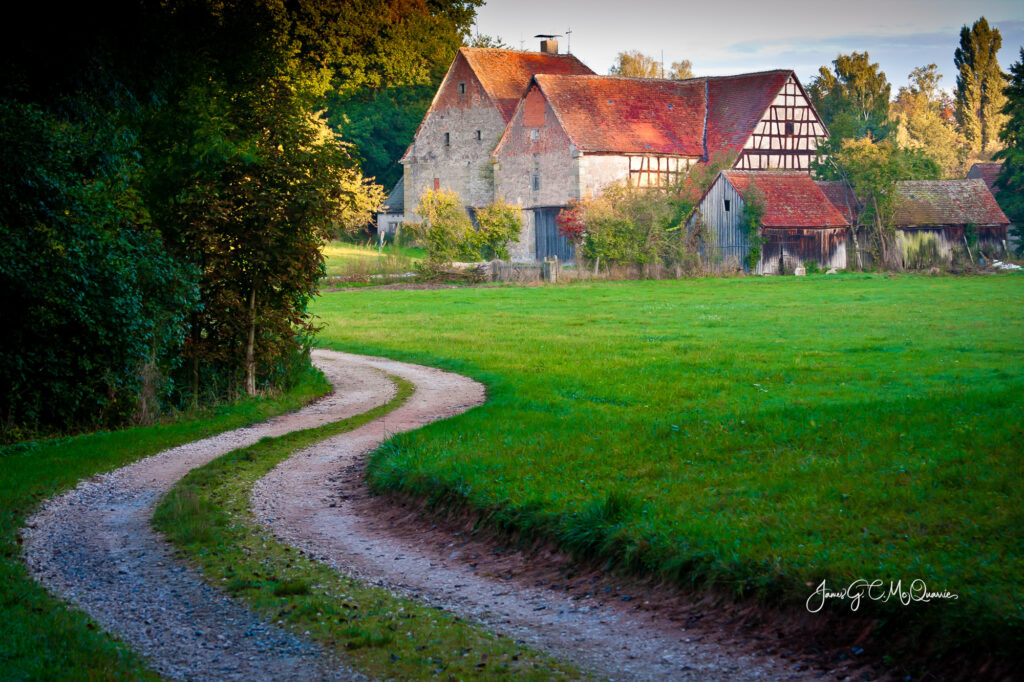As professional photographers, we’re always on the lookout for tools that can elevate our craft to new heights. One such set of tools that can significantly impact our photography is the world of filters. These unassuming pieces of glass can work wonders in transforming your images from ordinary to extraordinary. In this article, we’ll delve into the top must-have filters every photographer should consider adding to their toolkit. We’ll explore what each filter does, provide scenarios for their usage, and discuss the invaluable benefits they bring to your photography.

Circular Polarizer Filter: Getting clearer images with improved color.
What it does:
The circular polarizer filter is like a pair of sunglasses for your camera lens. It works by selectively blocking certain polarized light rays, reducing reflections and glare from non-metallic surfaces such as water, glass, and foliage. This results in enhanced color saturation, improved contrast, and a clearer view of the subject.
Usage Scenario:
Imagine you’re photographing a serene lake scene with a breathtaking mountain backdrop. The water’s surface reflects the bright sky, making it difficult to capture the depth and details beneath. This is where the circular polarizer comes to the rescue. By rotating the filter, you can eliminate the reflections on the water, revealing the vivid underwater world and intensifying the blue tones of the sky.
Benefits:
By using a circular polarizer filter, you can achieve images that are richer in color, free from distracting reflections, and possess a newfound clarity that draws the viewer’s gaze into the heart of your composition. This filter is a game-changer for landscape, nature, and architectural photography, transforming ordinary scenes into visually captivating masterpieces.
Neutral Density (ND) Filter: Controlling Time and Motion.
What it does:
The neutral density filter is your secret weapon for controlling light in ways you never thought possible. By reducing the amount of light that enters the lens, it enables you to achieve longer exposures even in bright conditions. This opens up creative possibilities like capturing silky waterfalls, blurred motion in bustling city streets, or achieving a shallow depth of field in daylight.

Usage Scenario:
Picture yourself on a sunny day at the beach, wanting to capture the ethereal movement of waves crashing against the shore. With the harsh sunlight, achieving a slow shutter speed for that dreamy effect is a challenge. Enter the ND filter. By attaching this filter, you can extend your exposure time, smoothing out the waves and giving the scene a serene and calming vibe.
Benefits:
The ND filter empowers you to play with time, creating images that freeze or blur motion as you see fit. This level of control is indispensable for photographers who wish to infuse their images with a sense of motion and emotion. From landscapes to street photography, the ND filter enables you to capture scenes in a way that transcends the constraints of natural light.

Graduated Neutral Density (GND) Filter: Balancing exposure between Light and Sky.
What it does:
The graduated neutral density filter helps balance exposure when dealing with scenes that have a significant difference in brightness between the sky and the foreground. It features a gradual transition from clear to dark, allowing you to maintain detail in both bright and shadowed areas.
Usage Scenario:
Imagine capturing a breathtaking sunset over a picturesque mountain range. The sky is alive with vibrant colors, but the landscape below appears underexposed in comparison. By using a GND filter, you can darken the sky while keeping the land well-exposed, preserving the striking hues of the sunset and the intricate details of the landscape.
Benefits:
The GND filter is an indispensable tool for landscape photographers who strive to capture scenes with high dynamic range. It ensures that your images reflect the beauty of the scene as you experienced it, with well-preserved highlights and shadows. The result is a harmonious and visually pleasing composition that captures the essence of the moment.
In the world of photography, these three filters are more than mere accessories; they are the keys that unlock your creative potential. From enhancing colors and controlling light to balancing exposure, each filter brings its own benefits to your images. By understanding the capabilities of circular polarizers, neutral density filters, and graduated neutral density filters, you can confidently expand your photographic horizons and craft images that leave a lasting impact on your audience. Embrace these filters as your allies, and watch as your photography improves.
It’s important to remember that your lens is an expensive piece of glass and what you don’t want to do it go out buy a cheap filter and put it on your lens. My advice is save your money and buy the best quality filter that you can afford. This way you will improve your photography and not risk the quality of your images.

